
Imagine a little girl who has just finished third grade, “barely over four feet high and sixty pounds,” charged with the job of tending a herd of dairy cows, “each nearly twice my height and weighing around 1,500 pounds.”
The scene, as richly evoked by Rachel Biale in her enchanting and compelling memoir, “Growing Up Below Sea Level: A Kibbutz Childhood” (Mandel Vilar Press), is emblematic of its place and time: the State of Israel in the 1950s, a country facing weighty challenges in its early years of sovereignty. That’s exactly why Biale’s book is not only a work of history and autobiography, but also a lens through which to view how profoundly Israel has changed since then.
Today, Biale is a social worker and community organizer in the Bay Area and a parenting counselor. She is the author of “Women and Jewish Law” and the forthcoming “What Now? 2-Minute Tips for Solving Common Parenting Challenges.” She also is a calligrapher and illuminator of ketubot. But the best way to understand the accomplished Jewish woman she became in adult life is to glance back at her childhood on a kibbutz on a site overlooking the Jordan River, some 238 meters below sea level.
Kibbutz Kfat Ruppin, as Biale explains, was founded in 1938 by Jews who had escaped from Germany, and included others who fled Czechoslovakia after German occupation. They were committed to rebuilding not only the Jewish homeland but the Jewish people, which explains why they were willing to let even the littlest ones live away from them in the “children’s house” and march off to work in the fields on summer mornings without parental supervision.
“Utopian dreams, leavened with not-so-subtle ideological coercion, made it possible for our parents to raise us this way,” Biale writes. “Boosting our own ideological fervor was the admiring gaze of a whole country. Up until the late sixties, Israel held up the kibbutz movement as the pinnacle of its achievements. … We, kibbutzniks, had not just seen, but we had built and inhabited, the Promised Land.”
Her story begins with the escape of her mother and father from Europe. Remarkably, Biale’s father, Kurt Tramer, was interviewed by Adolf Eichmann himself when he applied for a coveted place aboard the river boats permitted to carry Jews from Czechoslovakia in the direction of Palestine, where the Nazis hoped “Jewish emigration would stir up trouble for the British.” Eichmann asked Tramer what he intended to be in Palestine. “A farmer,” he answered. Eichmann demanded to see his hands. “Those aren’t the hands of a farmer,” Eichmann said. “A farmer, you’re sure?” Tramer said yes. “Your problem,” said Eichmann, who stamped the application.
Biale is a gifted storyteller, and each episode in “Growing Up Below Sea Level” carries its own poignant charm. But she also is a documentarian, sharing snapshots, letters, diary entries, maps and drawings created by those who made the fateful journey from Nazi-occupied Europe to Palestine. Her mother’s journal, for example, is firsthand testimony about the sinking of the Patria, one of the ships carrying illegal immigrants to refuge in Palestine. The explosion that sank the Patria in the Haifa harbor was suspected to be an act of Arab terrorism, but Biale reminds us that the Haganah sank the ship because the British intended to send the ship and its passengers to their intended place of deportation to the island of Mauritius in the Indian Ocean.
Rachel Biale’s book is not only a work of history and autobiography, but also a lens through which to view how profoundly Israel has changed.
Biale’s mother, Anina Vohryzek, and father eventually reunited in Palestine. Kurt had served in the British army during the war and when Anina saw him in uniform, she “fell in love with him on the spot, with such intensity that I can feel that moment today,” as Anina wrote in her own memoir. They settled in Kfar Ruppin, and it was there that Biale was born in 1952. Looking back on her first memory — climbing a jungle gym with no adults to come to her rescue if needed — she measures how much she has changed since then. “As an adult, I’m petrified — in hindsight,” she writes. “As a child, what I remember mostly is feeling free and bold.”
The same narrative technique — a flashback and a flash forward — enables readers to see how childhood shines a light on adulthood. She describes a youngster on the kibbutz who wet his bed and how she and her friends would rush to strip his bed and provide him with fresh pajamas. Then she reports on an encounter with the same young man years later, when he had started basic training in an elite combat unit. “The first night on the base,” he said with a reddening face. “I could have used you and the others from our kindergarten room.”
Biale enables us to see familiar facts through the eyes of an Israeli child. Until she was 9 years old, for example, “we were shielded from any actual information” about the Holocaust. But the broadcast of the Eichmann trial exposed her to the atrocities that “leapt across time and space and stung me with the ferocity of a thousand bees.” Suddenly, she understood why one of the women in the kibbutz had remarkably small feet and never went barefoot. “A Hungarian Jew, she survived Auschwitz and was herded onto the death march as the Red Army neared the death camp in January 1945,” Biale explains. “Esther had no shoes. She made it through alive, but not her toes.”
The commitment to pioneering the Jewish state was understood to be a fulfillment of Jewish identity in Kfar Ruppin. Although seventh-graders participated in bar and bat mitzvah ceremonies, “we did not go near a Torah; we memorized no prayers and learned no Torah-chanting trope.” Instead, each child was required to complete 12 tasks, selected from a list of 20 options that “represented entry into adult responsibilities expected on a kibbutz.” Working an eight-hour day was one choice; “taking on a dusk-to-dawn guard duty with the night watchmen” was another. Among the tasks Rachel chose was “[s]pending Shabbat at a religious kibbutz,” where she found herself “marooned until I could see three stars the next evening.”
“Growing Up Below Sea Level” is frequently illuminated by flashes of irony, which infuse the author’s reminiscences with both wit and meaning. During Biale’s service in the Israel Defense Forces, she commanded a unit of 20 female soldiers, and one of her duties was to inspect their rifles to make sure no sand had accumulated in the barrels. “Other than sand traps, those rifles really had no function,” she recalls. “They were old Czech-produced guns, which had been essential for Israel’s survival in the War of Independence in 1948. Now they were used for training, military parades, and arming female soldiers.” She does not need to say out loud that those old Czech rifles carried other and much deeper meanings for the daughter of Jewish refugees from Czechoslovakia.
Sometimes, the moments of irony are even more pointed, and they prompt us to think deeply about not only the origins but the destiny of the Jewish homeland. For example, after the Six-Day War, Biale’s father was invited to participate in a UNESCO project in Boston. Before leaving for America, the whole family joined the crowds trudging into the Old City see what then was still called the Wailing Wall. Biale suggested they postpone the visit until they returned from America, when the crowds surely would be thinner. “By the time we come back,” said her mother, “it will have been returned to Jordan as part of the peace deal. And then it will be much harder to visit.” Biale replied, “Of course. What was I thinking?”
Jonathan Kirsch, author and publishing attorney, is the book editor of the Jewish Journal.







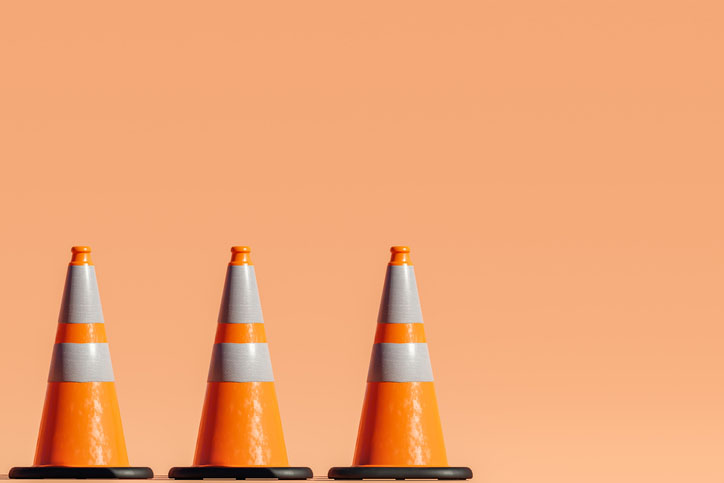


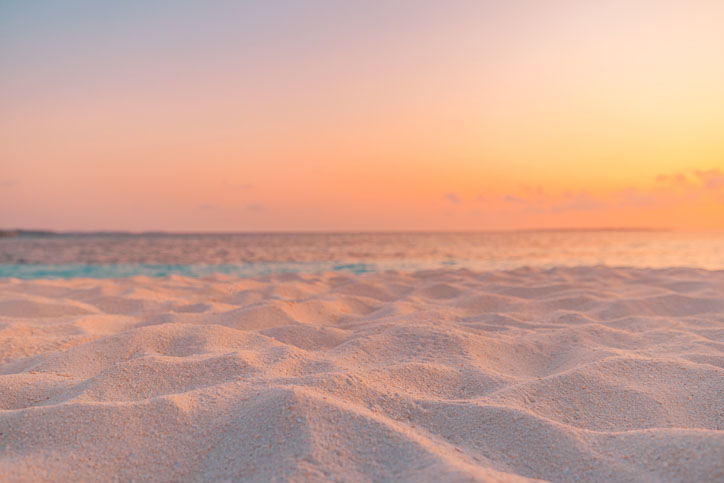
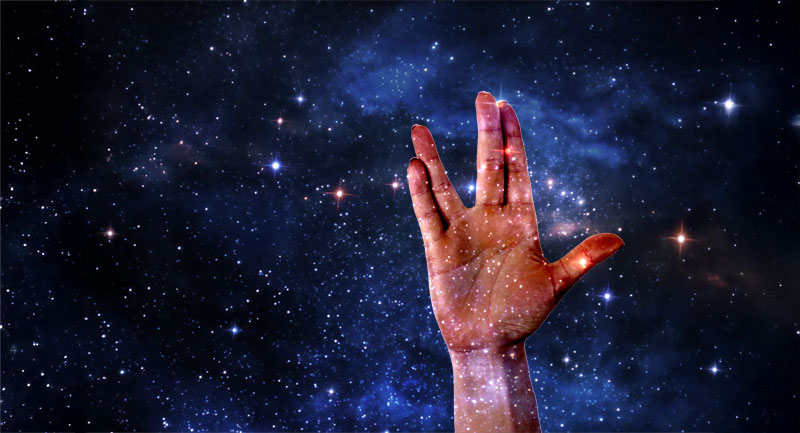
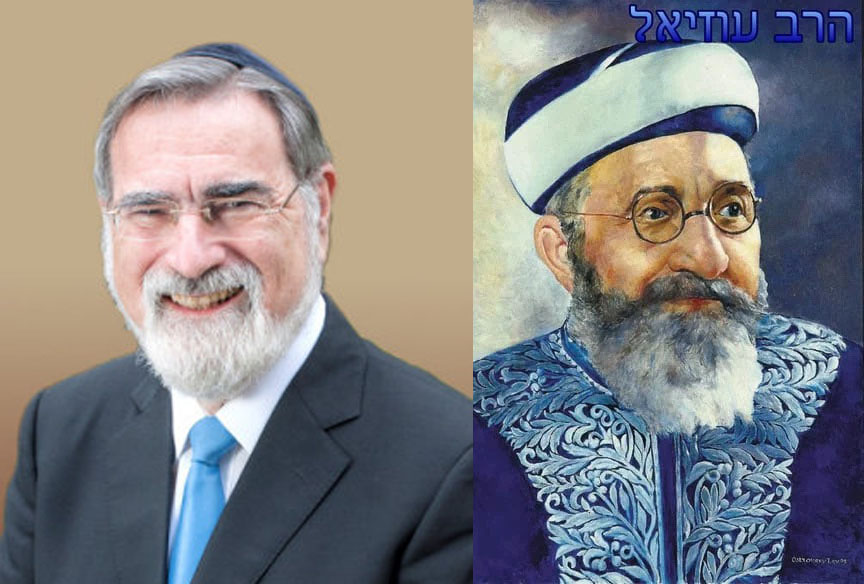
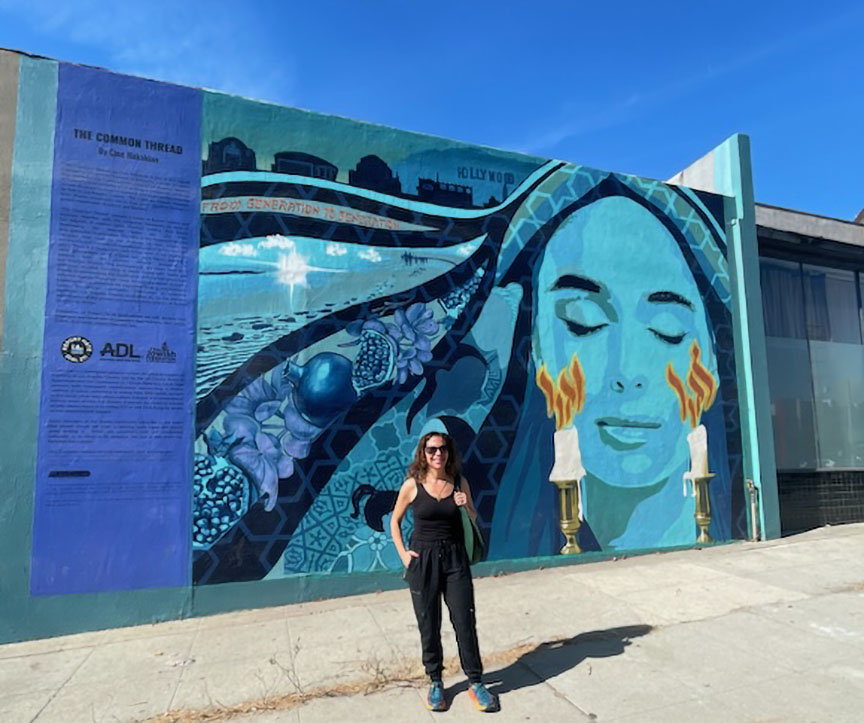
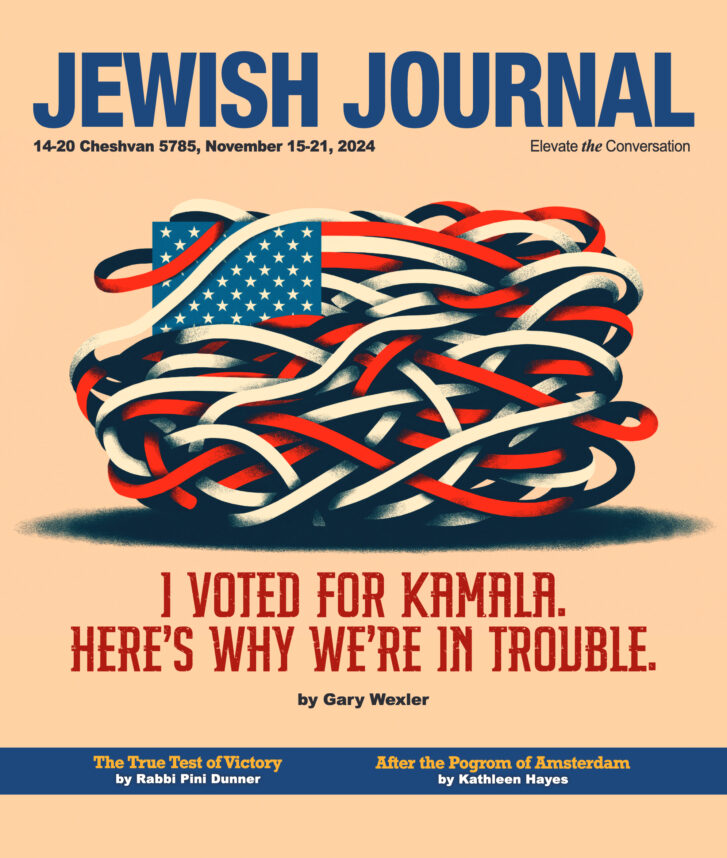
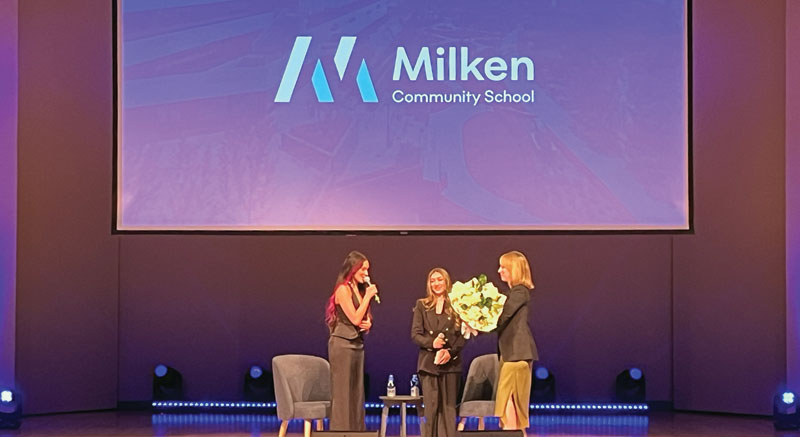
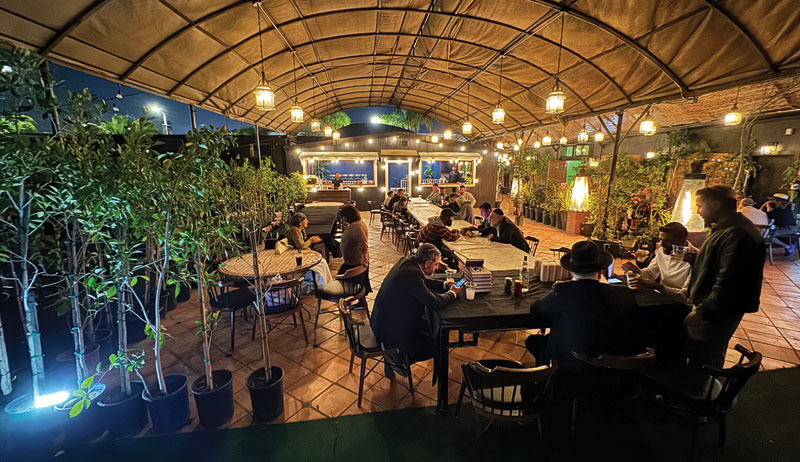





 More news and opinions than at a Shabbat dinner, right in your inbox.
More news and opinions than at a Shabbat dinner, right in your inbox.